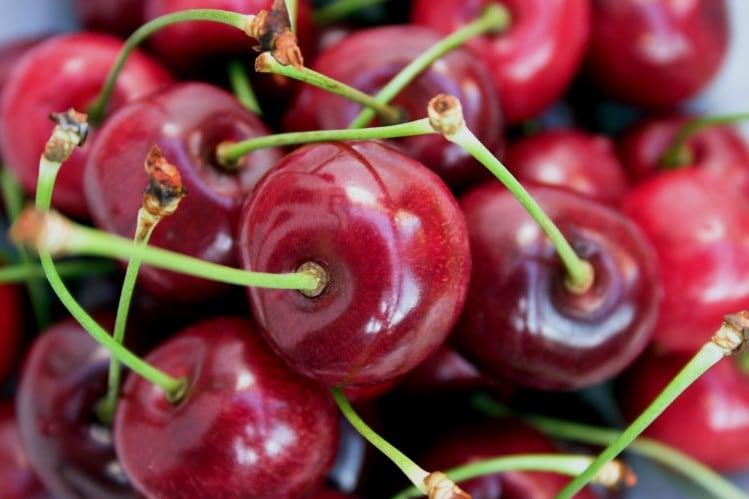The effects of polyphenols on gut microbiome makeup has been a subject of much research recently. These researchers, who are associated with several research institutions and foundations in Italy, published their paper in the journal Food Research International with the goal of identifying specific metabolites and mapping out putative associations with specific genera of fecal bacteria.
The fact that polyphenols are generally poorly absorbed yet still have been shown to exert significant health effects has led researchers to probe their so-called ‘prebiotic’ activities. In this guise, that term would refer more to what metabolites the polyphenols give rise to in the gut, and what the health effects of those metabolites might be, as opposed to what one might term ‘larger scale’ measures of gut health such as increased fecal volume or gut motility.
As the Italian researchers noted, “Human metabolism of apple polyphenols is a co-metabolic process between human encoded activities and those of our resident microbiota."
Polyphenols give rise to wealth of metabolites
The study was designed as a single blinded, acute crossover study. While not billed as a pilot study per se, it was relatively small scale, with 12 men and women participating.
The subjects followed a three-day, polyphenol-poor diet prior to the test day. Then each consumed 250 mL of cloudy apple juice (by which it is presumed the researchers were referring to non filtered juice), or the same amount of the juice enriched with 750 mg of an apple polyphenol extract. The variety of apple was billed as ‘Crispy Pink.’
The researchers collected whole blood, plasma at baseline and at hours 1,2,3 and 5. They took baseline urine samples, too, and collected more samples at intervals up to 24 hours. Stool samples were collected from each subject for 16S rRNA gene profiling.
The authors grouped the 110 metabolites they identified into several families. These included Dihydrochalcones, epicatechins, valerolactones and chlorogenic acid metabolites. Metabolites of cinnamic acid, propionic acid, acetic acid, vanillic acid and hippuric acid were observed as well, as were a number of fatty acids.
The researchers found that different metabolites showed up at different times. Some, such as metabolites of phloretin and (epi)catechin as well as small phenolic acids such vanillic acid sulfate and ferulic acid sulfate show up in plasma within the first hour and disappear by hour 5.
Others, such the valerolactones and the hippuric, propionic and acetic acid derivatives, appeared in plasma more slowly and did not appear in urine until the 24 hour measure, suggesting a likely involvement of the gut microbiota.
The authors also sought to link the metabolites with certain groups of fecal bacteria.
“Several statistically significant correlations were found in plasma and urine between valeric acid, valerolactone and (epi)catechin metabolites and faecal bacteria. High production of these metabolites was positively associated with Dialister, Prevotella and Escherichia, while the presence of these compounds were negatively associated with Anaerostipes, Turicibacter, Lachnospiracea incertae sedis, Coprococcus and Blautia,” they wrote.
First step in new research direction
The researchers noted that their results await confirmation and lay out future avenues of research.
“Taken together, our findings support the theory that distantly related members of the gut microbiota share catabolic pathways for various polyphenol families and appear to work together to metabolize complex plant polyphenols,” they wrote.
“To our knowledge this is first study which examines kinetics of such a wide range of apple polyphenol metabolites using an untargeted MS based metabolomics approach, and that correlates such data with gut microbiota composition. We observed the nutrikinetics at population level of a large number of microbial catabolites (valerolactones and valeric acids) of apple flavanols (catechins and procyanidins) confirming the key importance of these compounds.
“This work takes a small initial step in linking systems level metabolic processing of dietary polyphenols with microbiome architecture, a necessary move away from limited taxonomic descriptions or measurement of metabolic potential and towards improved understanding of microbiome metabolic function and nutrikinetics,” they concluded.
Source: Food Research International
2018 Oct;112:108-128. doi: 10.1016/j.foodres.2018.06.016.
“Microbiome co-metabolic processing of dietary polyphenols – An acute, single blinded, cross-over study with different doses of apple polyphenols in healthy subjects”
Authors: Trost K, Ulaszewska MM, Stanstrup, J, et al.




